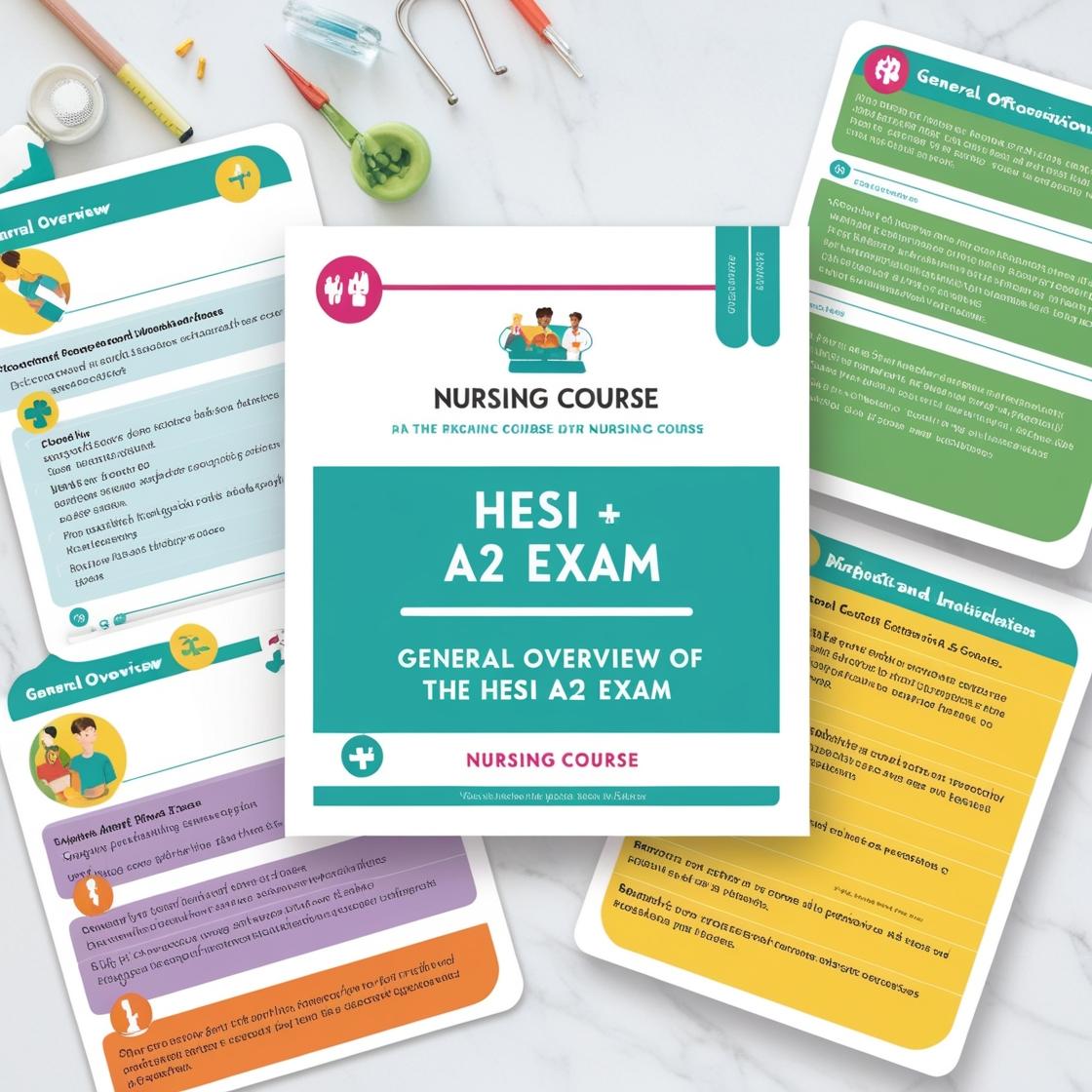HESI A2
HESI A2 Math Practice
1. A train travels at 65 mph for 1.5 hours. How far did it travel?
- A. 97.5 miles
- B. 95 miles
- C. 100 miles
- D. 100.5 miles
Correct answer: A
Rationale: To find the distance traveled, multiply the speed of the train (65 mph) by the time it traveled (1.5 hours): 65 mph × 1.5 hours = 97.5 miles. Therefore, the train traveled 97.5 miles. Choice B, 95 miles, is incorrect as it does not account for the correct calculation. Choice C, 100 miles, is incorrect as it is a rounded-up value. Choice D, 100.5 miles, is incorrect as it is a miscalculation.
2. Solve: 8x = x^2.
- A. 6
- B. 4
- C. 16
- D. 14
Correct answer: C
Rationale: To solve the equation 8x = x^2, rearrange it to x^2 - 8x = 0. Factor out an x to get x(x - 8) = 0. Set each factor to zero to find the solutions: x = 0 or x = 8. Therefore, x = 16 is the correct answer because x = 0 is not in the answer choices, and x = 8 is a distraction meant to confuse. Thus, choice C, 16, is the correct solution to the equation.
3. How many pounds are in 192 ounces?
- A. 16 pounds
- B. 10 pounds
- C. 12 pounds
- D. 16 pounds
Correct answer: C
Rationale: To convert ounces to pounds, divide the number of ounces by 16 since there are 16 ounces in a pound. Therefore, 192 ounces ÷ 16 = 12 pounds. Choice A, 16 pounds, is incorrect because it does not represent the correct conversion from ounces to pounds. Choice B, 10 pounds, is incorrect as it is not the result of dividing 192 ounces by 16. Choice D, 16 pounds, is the same as choice A and is incorrect in the context of this conversion.
4. What is 60% of 150?
- A. 80
- B. 90
- C. 120
- D. 80
Correct answer: B
Rationale: To find 60% of 150, you multiply 0.6 by 150, which equals 90. Therefore, the correct answer is 90. Choice A (80) is incorrect because it does not represent 60% of 150. Choice C (120) is incorrect as it exceeds 100% of 150. Choice D (80) is a duplicate of choice A and does not accurately represent 60% of 150.
5. Multiply: 3/4 × 1/3.
- A. 1/4
- B. 1/3
- C. 3/5
- D. 3/8
Correct answer: A
Rationale: To multiply fractions, multiply the numerators together and the denominators together. In this case, 3/4 × 1/3 = (3 × 1) / (4 × 3) = 3/12 = 1/4. Therefore, the correct answer is A: 1/4. Choices B (1/3), C (3/5), and D (3/8) are incorrect because they do not result from the correct multiplication of the given fractions.
Similar Questions

Access More Features
HESI A2 Basic
$89/ 30 days
- 3,000 Questions with answers
- 30 days access @ $89
HESI A2 Premium
$129.99/ 90 days
- Actual HESI A 2 Questions
- 3,000 questions with answers
- 90 days access @ $129.99
